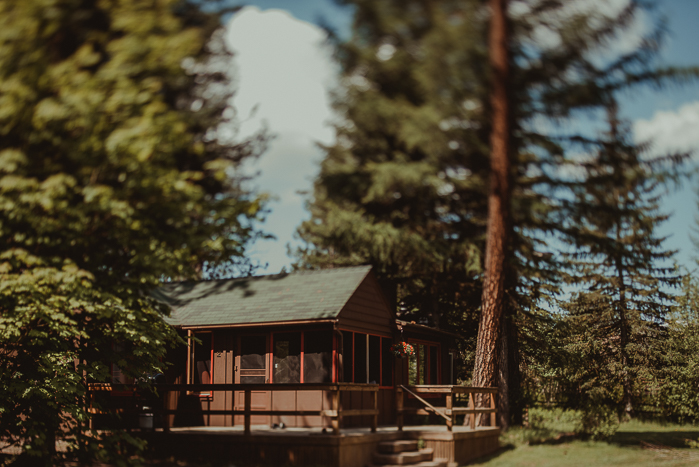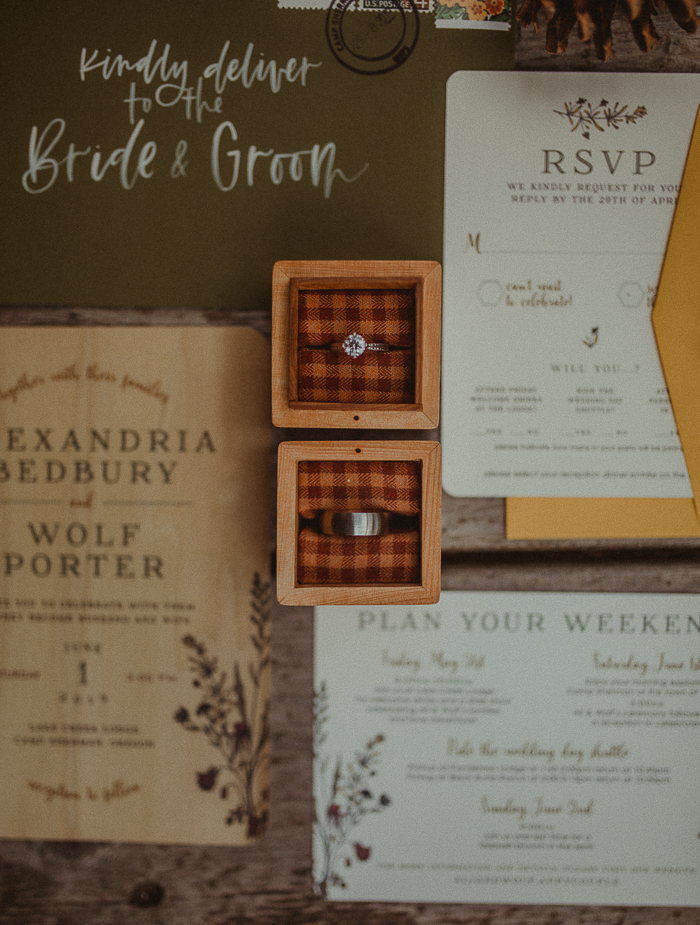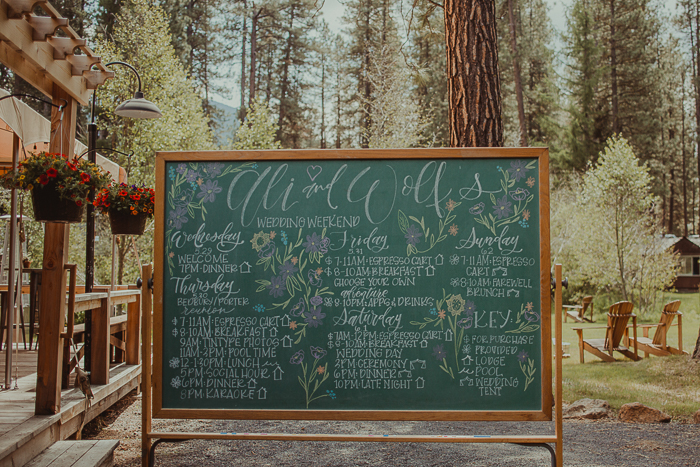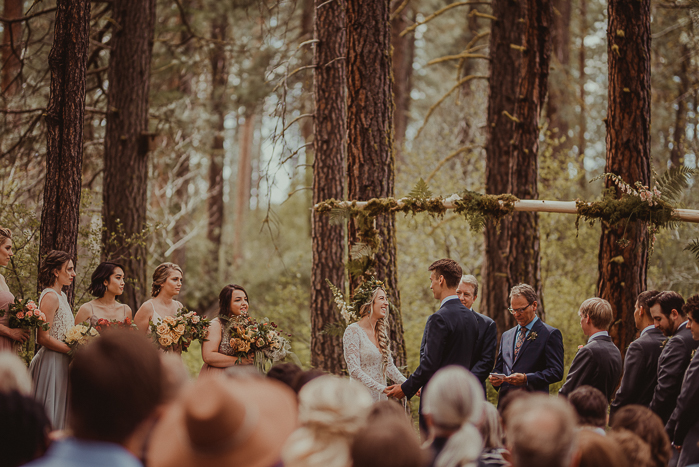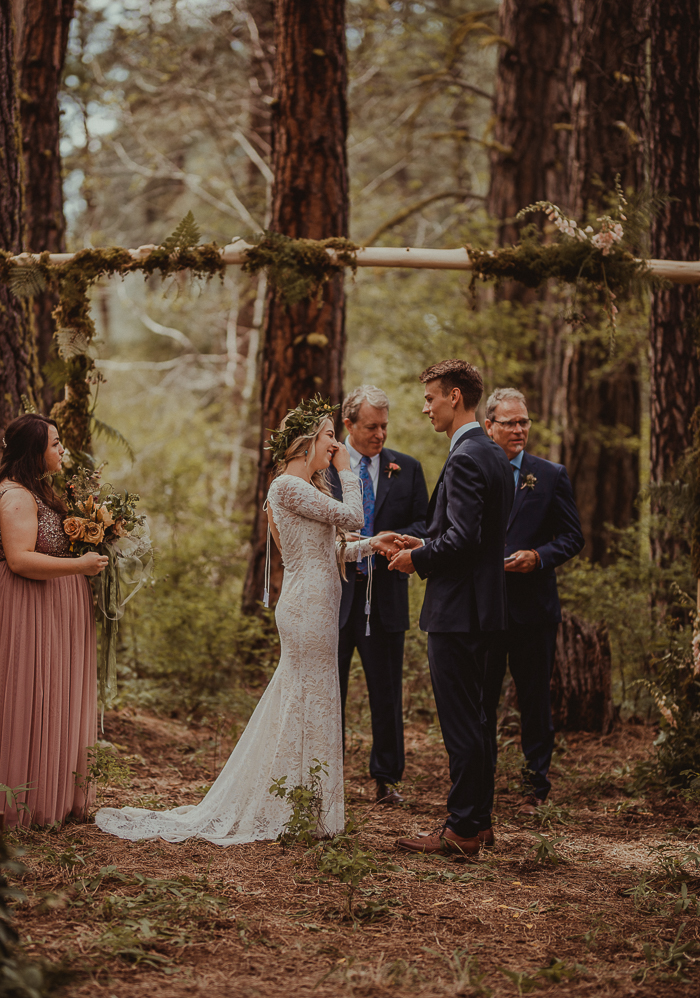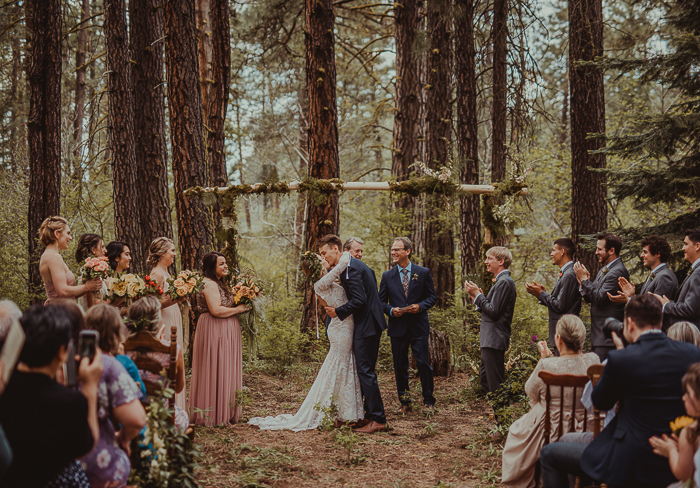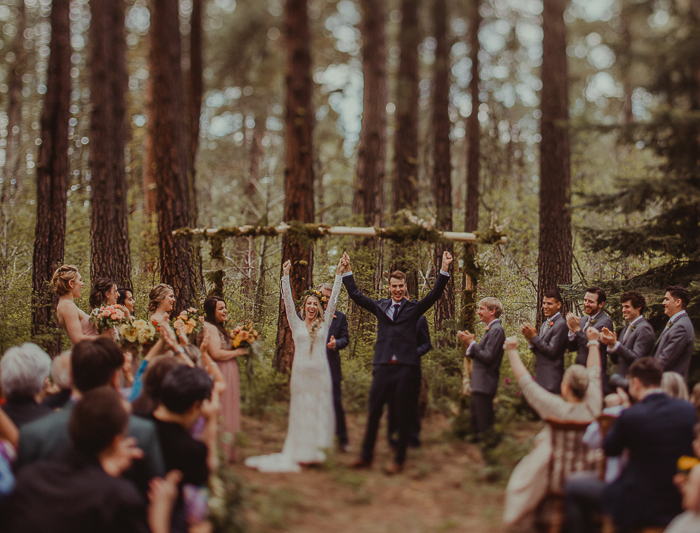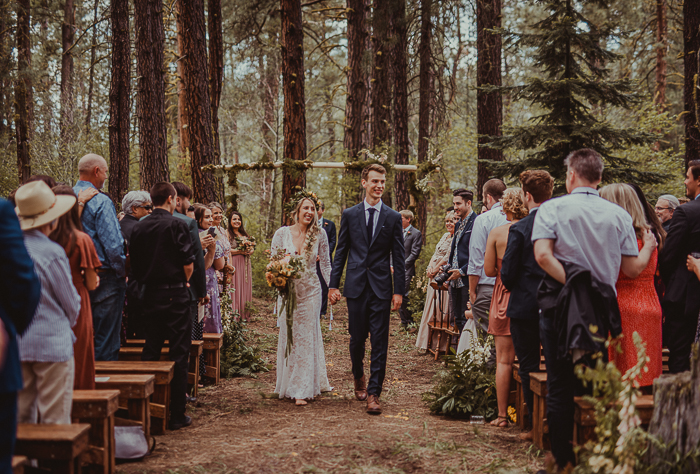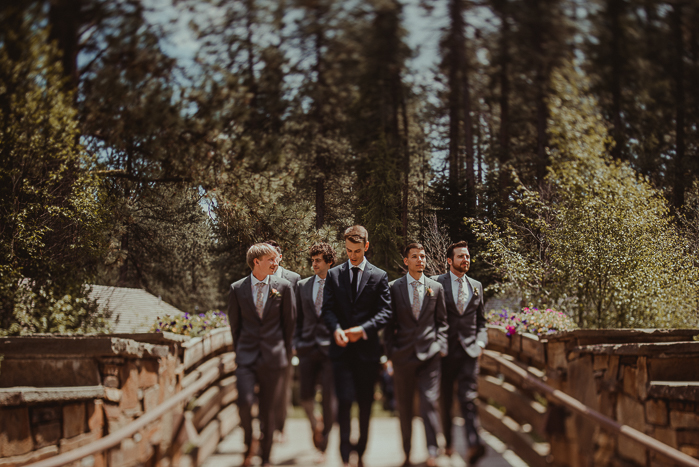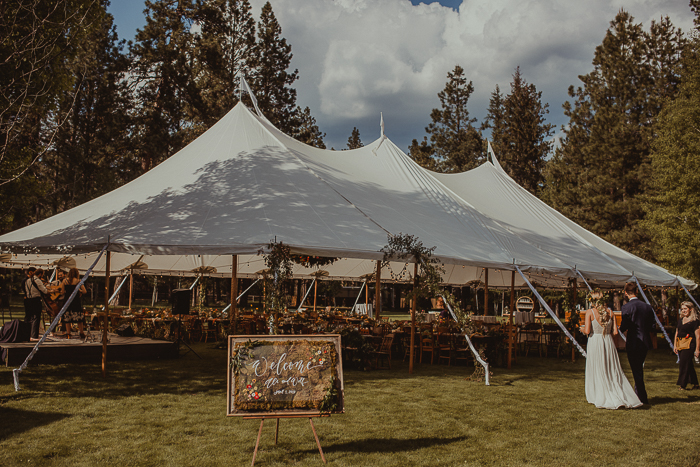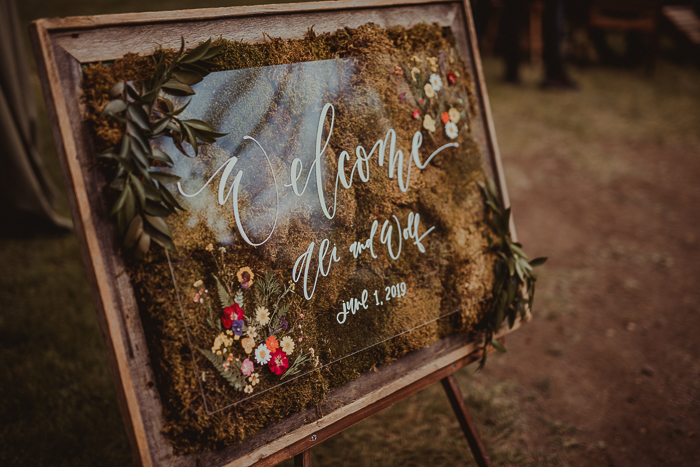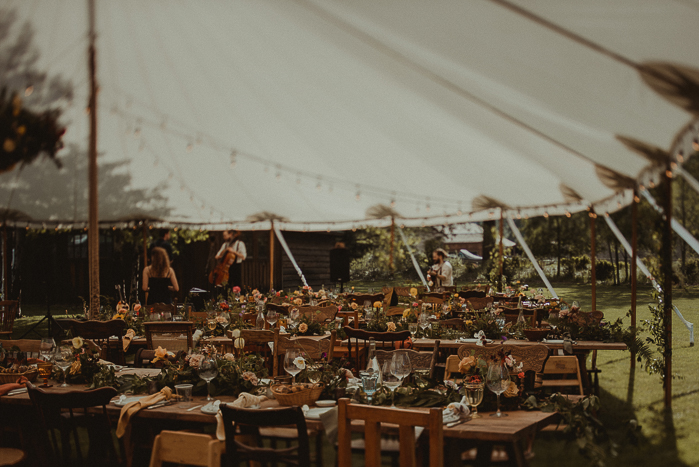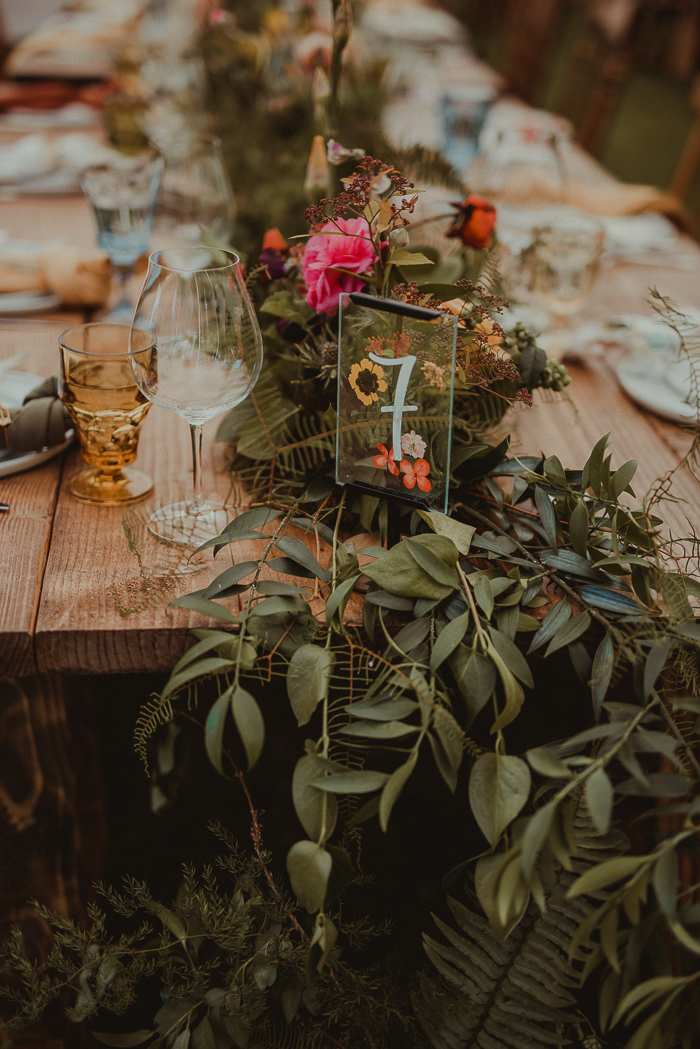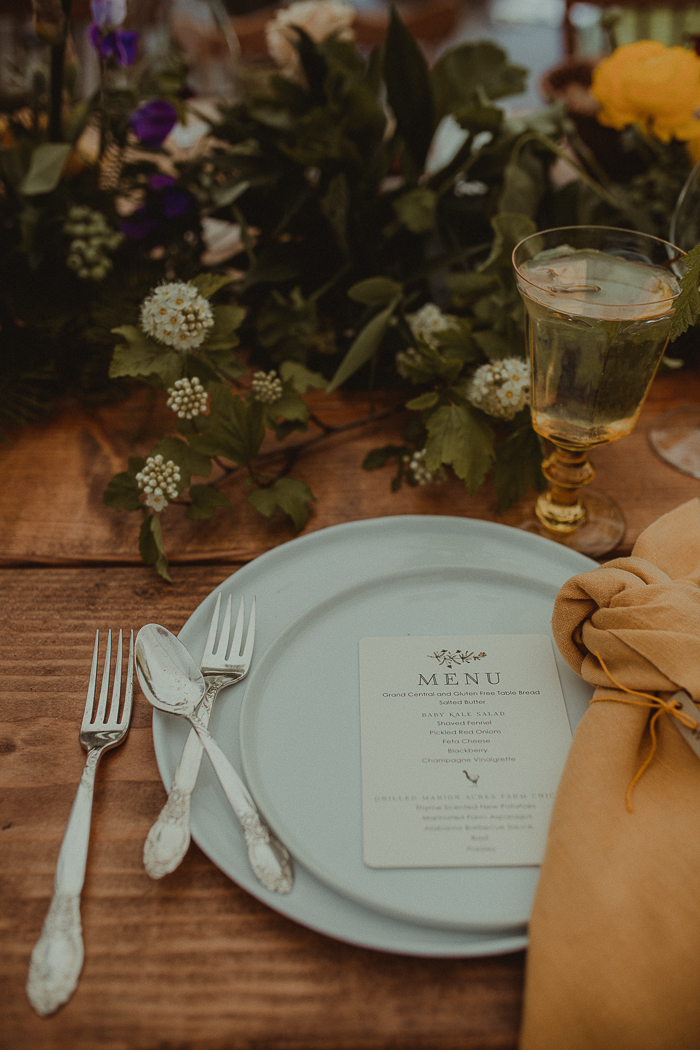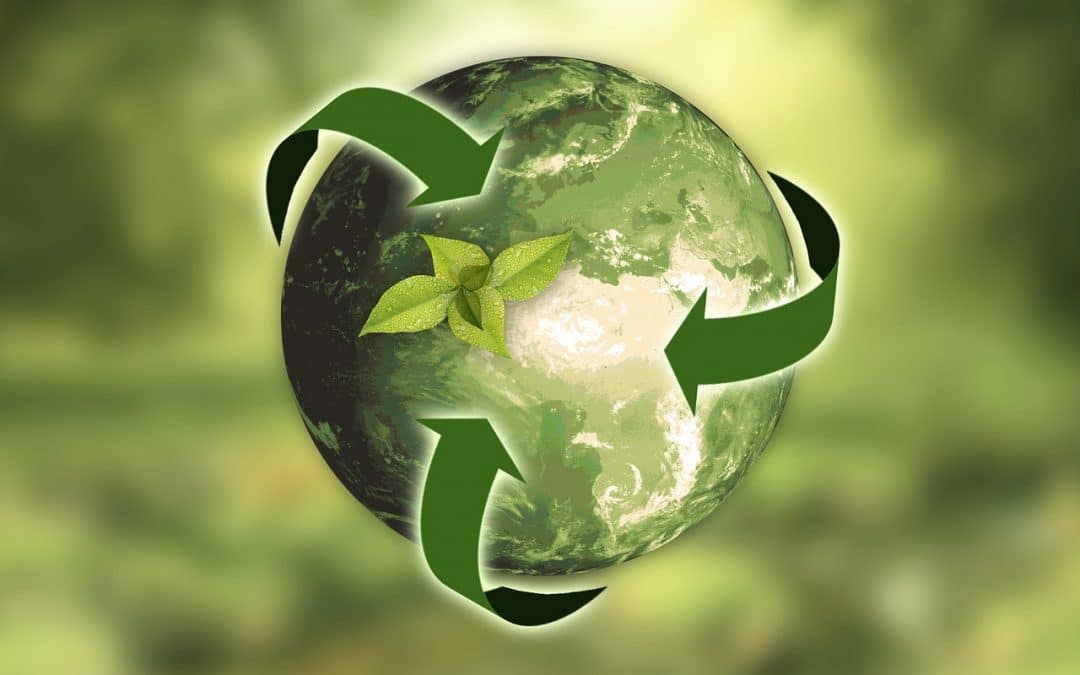
The Challenges and Rewards of Business Sustainability *
What is a Sustainable Business?
A Sustainable business or green business, is a business that has minimal negative impact on the global or local environment, community, society, or economy. A sustainable business embraces the concept of the triple bottom line approach to accounting.
Many perceive the triple bottom line to create greater business value and to increase opportunities to serve those customers who lean toward environmentally sound solutions to everyday situations.
Business Sustainability Criteria
Many sustainable businesses embrace environmental policies. A sustainable business is considered to be green if it matches the following four criteria:
- A sustainable business incorporates sustainability into all facets of it’s business.
- A sustainable business supplies environmentally friendly products or services that replace non-green products or services.
- A sustainable business is greener than it’s non-green competition.
- A sustainable business commits environmental practices in it’s business operations.
Business Sustainability in other words, is a business that meets the needs of the present, without compromising the ability of future generations to meet their own needs.
Is Sustainability Social Responsibility?
Sustainability is often confused with corporate social responsibility, however the two are not the same. While ethics, morality, and other social norms permeate CSR, sustainability only obliges businesses to make trade offs to safeguard the environmental equity of future generations. Looking short term is the bane of sustainability.
Green business is seen as a mediator of economic versus environmental relationships in business. Many feel that if embraced by all, sustainability would diversify our economy, even if it has little actual effect at lowering atmospheric Carbon levels.
What are Green Jobs?
“Green Jobs” definition is ambiguous at best, however most agree that green jobs should be linked to clean energy. Because of this connection green jobs should contribute to the reduction of greenhouse gases.
Corporations can be seen as generators of not only “green energy”, but as producers of new realities which result from the technologies developed and deployed by these firms.
Sustainability is Environmental
Sustainable businesses main goal is to eliminate or decrease the environmental harm caused by the production and consumption of their goods. The impact of such human activities is the greenhouse gases produced.
These gases can be measured in units of carbon dioxide and is often referred to as the carbon footprint. Carbon footprint is usually defined as the total emissions caused by an individual, event, organization, or product, expressed as it’s carbon dioxide equivalent.
What are Green Initiatives?
Businesses take a wide range of green initiatives. One of the most common examples is the act of “going paperless” or sending electronic correspondence instead of paper when possible.
Examples of sustainable business practices include repurposing used products, a great example is tuning up used commercial fitness equipment for resale. Another would be revising production processes to eliminate waste, and choosing nontoxic raw materials and processes.
For example, Canadian farmers found that hemp is a sustainable alternative to rapeseed in their traditional crop rotation. Hemp grown for fiber or seed requires little or no pesticides or herbicides.
Sustainable business leaders also consider the “life cycle costs” for the items they produce. Input costs must be considered in regards to regulations, energy use, storage, and disposal.
Designing for the Environment is also an important element of sustainable business practices. This process enables users to consider a products potential environmental impacts and the process used to make that product.
The many green practices possibilities have led to considerable pressure being put upon companies from consumers, employees, government regulators and other stakeholders. If given a choice, most customers will choose the “green product” if it is economically feasible.
What is Greenwashing?
Some companies have resorted to “greenwashing” instead of making actual and meaningful changes. They simply market their products in ways that suggest green practices.
Greenwashing is a form of spin in which green PR or green marketing is used to promote the perception that an organization’s products, aims or policies are environmentally friendly. Evidence that a business is greenwashing often comes when more money or time has been spent advertising being “green”, than is actually spent on environmentally sound practices.
Greenwashing efforts can simply involve changing the name or label of a product evoking the environmental credibility of a product when it actually contains harmful chemicals. Or greenwashing can be a multimillion dollar marketing campaign portraying a highly polluting company as eco-friendly.
Sustainability is Social
Companies that contribute to their communities, whether through employee volunteers or through charitable donations are considered to be socially sustainable. Due to their community involvement, they are given social credibility toward being recognized as a sustainable business.
Businesses are often also recognized for encouraging education by employee training, and internships to mentor other community members. These practices serve to increase education levels and quality of life in their community.
However to be truly sustainable, a business must foster a reverence for our natural resources and our environment. The sustainable business reaches beyond social resources to enhance it’s reputation within the community it serves.
Sustainability Characteristics
Innovation & Technology
This inward examination of corporate sustainability practices focuses on a company’s ability to change its products and services making them produce less waste and emphasize sustainable best practices during all company activities.
Collaboration
This examines the formation of networks and partnerships with similar or partner companies to facilitate knowledge sharing and help propel innovation to new levels of achievement.
Process Improvement
Ongoing surveys help create improvement in the business processes which are essential to reduction in waste. Enhanced employee awareness of your company sustainability plan further integrates the new and improved business processes.
Sustainability Reporting
Tracking progress made to embrace sustainability is necessary to report on company performance in achieving their goals. Corporate sustainability goals are often incorporated into the corporate mission statement to further enhance the company sustainability strategy.
Greening the Supply Chain
To emphasize corporate adherence to their sustainability goal, procurement is a vital component of that strategy. Sustainable procurement is a huge part of a company’s environmental impact, being much larger than the impact of the products they may consume.
Third party certifications, such as those given by the B Corporation (certification) model is a good example of one that encourages companies to focus on their sustainability issues and processes. Companies could also implement an internal sustainability measurement and management system which included a forum for all stakeholders to discuss their sustainability issues.
Corporate Sustainability Strategies
Corporate sustainability strategies take advantage of sustainable revenue opportunities, protecting the value of the business against factors such as increasing energy costs. A sound sustainability strategy also helps to mitigate the costs of meeting regulatory requirements, any changes in the way customers perceive brands and products, and the volatile price of resources.
Sustainability characteristics might not all be incorporated into a company’s Eco-strategy portfolio immediately. However their inclusion in your corporate sustainability strategy is very important to your corporate reputation. The widely practiced sustainability characteristics include: Innovation, Collaboration, Process Improvement, Sustainability reporting, and Greening your supply chain.
Triple top-line value production
Triple top-line values production establishes three requirements of sustainable business activities for companies. These activities require financial benefits for the company, natural world betterment, and social advantages for employees and members of the local community.
Each of these three components is recognized as equal in status. While many businesses already embrace the triple bottom line approach to business sustainability, “triple top line” stresses the importance of initial process design and is a term attributable to McDonough and Braungart in their book Cradle to Cradle.
Nature-based knowledge and technology
This mimicry based principle involves the emulation of the natural world, adopting principles found in nature to help us grow our food, harness and use energy, and in building things and conducting business.
The principles are also important for healing ourselves, and to help us process information and design our communities to exist in harmony with nature.
Products of service or products of consumption
Products of service are durable goods routinely leased by customer’s, that are made of technical materials and are returned to the manufacturer and re-processed into a new generation of products when they are worn out, obsolete, or simply no longer needed.
Products of consumption are shorter lived items made only of biodegradable materials. They can be broken down by organisms after the products lose their usefulness. These products are also not hazardous to humans or our environmental health.
This principal requires that we manufacture only these two types of products and mandates the gradual reduction of products of service and their replacement with products of consumption as technological advancements allow us to do so.
Sustainable energy
This principle advocates for sustainable energy produced using solar, wind, geothermal and ocean energy that will be able to meet our future energy needs without negative polluting effects for life on earth.
Local-based organizations and economies
This principle envisions durable, beautiful and healthy communities, locally owned and operated businesses and locally managed non-profit organizations, partnering with regional corporations and shareholders. All of these diverse groups working together in a web of partnerships and collaborations.
Continuous improvement process
This principle envisions operational processes inside successful organizations which include provisions for constant advancements and upgrades as the company transacts its day-to-day business. The continuous process of monitoring, analyzing, redesigning and implementing is used to ensure the success of Triple Top Line value production as conditions change and new opportunities emerge.
Challenges and Opportunities
Implementing sustainable business practices may have an effect on profits and a firm’s financial ‘bottom line’. Initially, this financial challenge might make many corporate executives cringe. However, during a time when environmental awareness is popular, green strategies are likely to be embraced by employees, consumers, and other stakeholders.
Environmental Performance Affects Economic Performance
In fact, according to many studies, a positive correlation exists between environmental performance and economic performance. If an organization’s current business model is inherently unsustainable, becoming a truly sustainable business requires a complete makeover of the business model.
This presents a major challenge because of the differences between the old and the new model. It also requires reviewing how the respective skills, resources and infrastructure needed may change with a new business model. . A new business model can also offer major opportunities by entering or even creating new markets and reaching new customer groups.
Companies leading the way in sustainable business practices are taking advantage of sustainable revenue opportunities as they move into the future. Recent surveys suggest that the demand for green products appears to be increasing, with 27% of respondents stating they are more likely to buy a sustainable product and/or service than 5 years ago. Furthermore, sustainable business practices may attract talent to your business and generate tax breaks for your business.
Calculate Your Carbon Footprint
If you would like to calculate your Carbon Footprint, follow the link to the free carbon footprint calculator of the United States Environmental Protection Agency.


